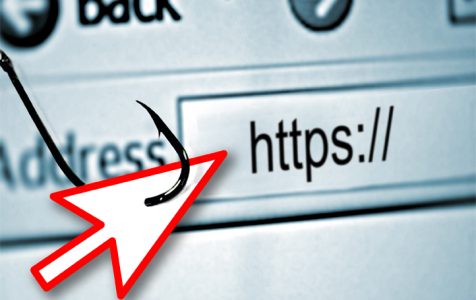When it comes to the business side of the Internet, having a website has become a necessity. You have a bigger reach, you look more professional, and you can use your site as part of the digital marketing process. The biggest challenge that admins face when owning a website is their security. Too often we see hackers gaining access to many sites and misusing it.
One of the most common targets are blog sites. The reason for that is because they are often individually owned by people who don’t have a big enough budget to make them safe. The tips on how to keep your site extremely secure and reduce the chances of being hacked are of great importance to bloggers, so if you own one, read carefully. We even included a guide on how to start one, so let’s begin with that.
Starting Your Blog
Before you secure your blog, you have to create one. The first step in creating your blog is choosing a domain name. The best way to choose is if you spend some time reading books and widening your dictionary. After that, you should try brainstorming several ideas which will be a good representation of the topics that you decide to write on.
Design is also an important feature. To look professional, you must make sure that your site is catchy to the eye. The design sets the first impression, aids in your SEO, builds trust, and it has a huge impact on how the readers perceive your blog. Plus, most of the competitors are doing it, so you must make sure that you keep up with them if you want to gain popularity.
The process of starting your blog has a few other steps and if you follow the tips provided by www.buildyourownblog.net, you can set it up in less than two hours. The guide has some valuable information which is why it is worth a read.
Now, let’s check out some of the security steps that we advise you to take. They apply to blogs and all other websites.
Make Sure You Have a Good Host
Many hosts generously offer a free SSL certificate when you sign up for their services. However, the researchers at webhostingprof suggest carefully comparing your hosting options so that you don’t miss out on essential features.
Depending on your budget, you can pick what type of server you want your blog to be on. Dedicated hosting, shared hosting, cloud hosting, and VPS hosting are some of the options. A good host will do everything in their power to keep your site as secure as possible. They may have higher fees than the lower-tiered hosting services, but if you want your site to be secured, that should be a price that you are willing to pay.
Regularly Change Passwords
First of all, creating strong passwords for your site is a must. That way, you decrease the chances of being hacked. But, that is not enough. One of the most commonly used practices when making sure that your security is on point is by changing them regularly. This is very important, especially if you shared it with someone.
Disable Hotlinking
Hotlinking is when a website links and embeds an image to an external server. Although this process is copyright infringement, a big loophole enables many websites to do it. Make sure that you take all the necessary precautions to disable hotlinking from your site.
Install Trusted Plugins
One of the most common ways that hackers gain access to your site is via the plugins that you install. Check the ratings, number of downloads, and make sure that you read third-party reviews. Additionally to installing trusted plugins, there are two security plugins that you should consider adding – Wordfence and Limit Login Attempts.
